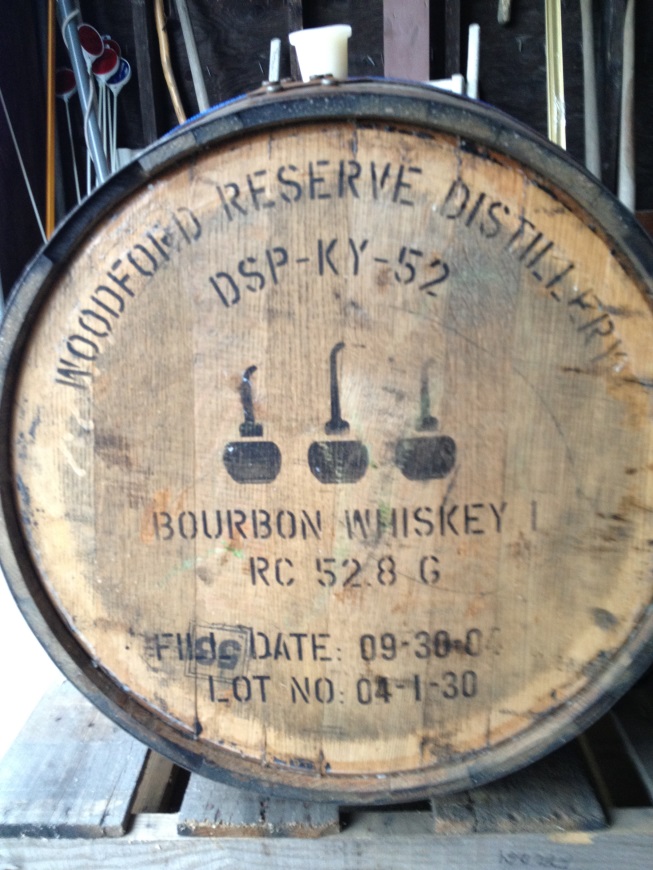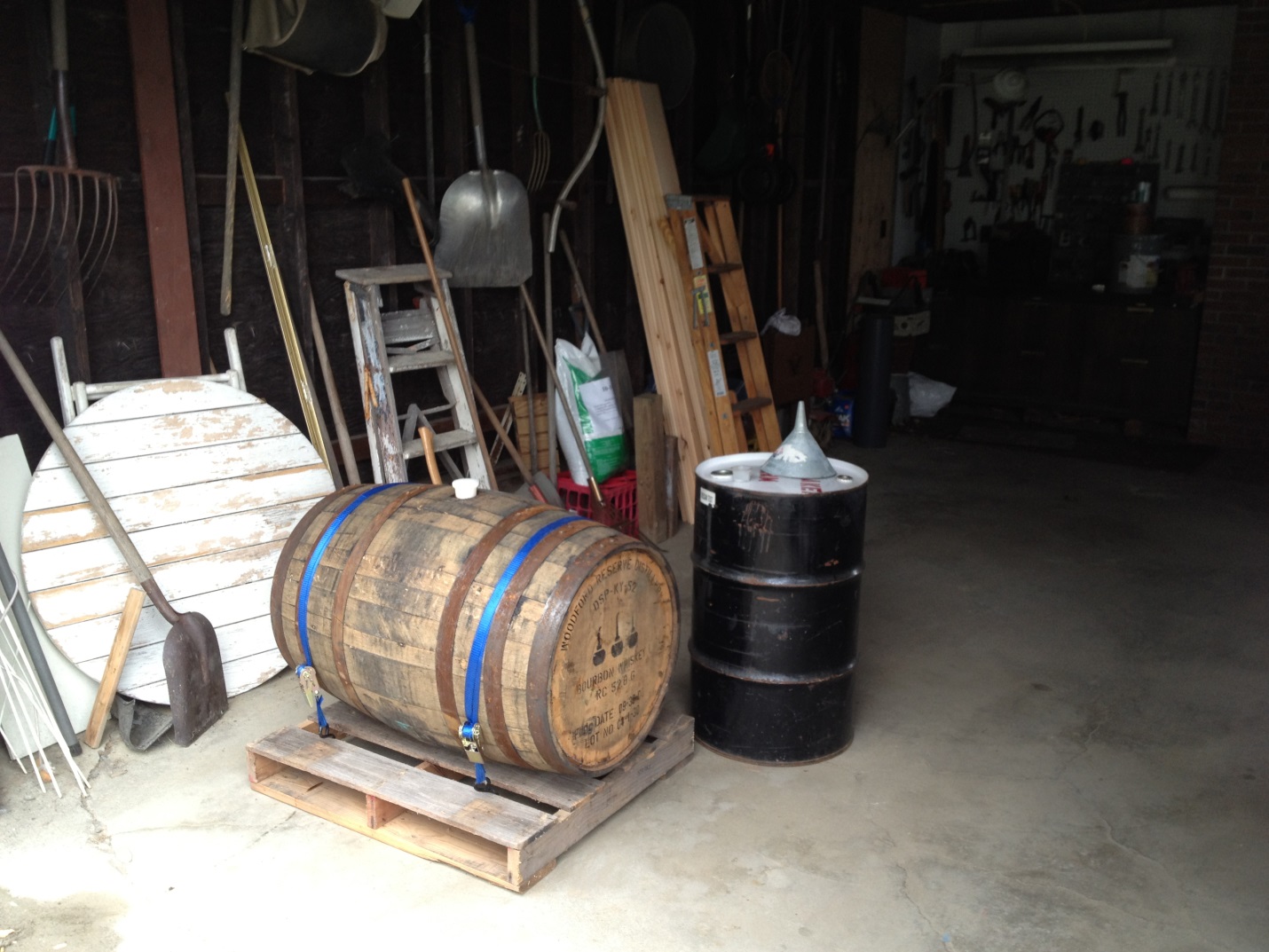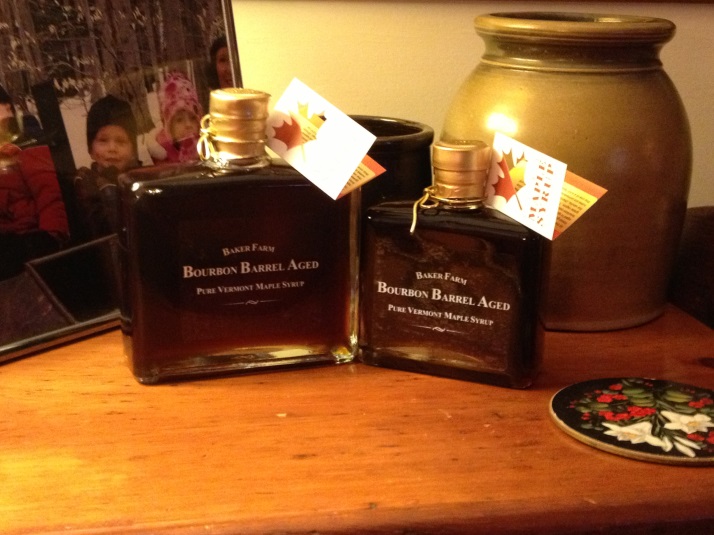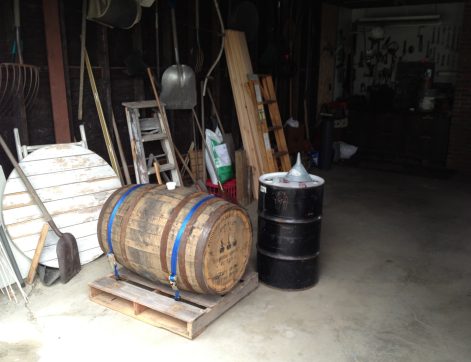There have been other posts on this blog about recycling, upcycling, and downcycling, each espousing the virtues of re-use. Whether you’re re-using a product for a higher or better purpose than it was originally intended, or simply trying to salvage a small amount of value out of a product before throwing it away, any type of “cycling” gives new life to a product and ultimately increases the usefulness of the resources and energy that were used to create it. The more use that we can extract from the resources and energy we spent making a product, the lower the overall impact that product will have on our environment.
I recently learned about an interesting example of recycling that adds real value to a very specific product. During a recent conversation with my brother-in-law about beer and whiskey (because what else is there to talk about), I learned about the not-so-secret second life of bourbon barrels. My brother-in-law has a family maple sugar farm (Baker Farm in East Dummerston, VT) where they recently produced a bourbon-flavored maple syrup (which is quite delicious I must say). He told me that they buy the bourbon barrels from a distillery in Kentucky after they’re used in the bourbon making process.

While each barrel is carefully crafted out of oak, they’re only used once in the bourbon making process. In the past, the bourbon barrels were often burned for fuel after their first and only use. However, some barrels find a second life at the Baker Farm. After the distiller is done with a barrel, the Baker Farm fills that barrel with maple syrup and lets it age for a year, infusing the syrup with the smoky bourbon flavor that once filled the barrel.

In terms of recycling, this process is great because it doubles the life of each barrel, which means it doubles the usefulness of all the resources and energy that went into making the barrel. But wait, it gets even better. After the Baker Farm is done with the barrels, they give them to the Harpoon Brewery in Boston MA and Windsor, VT (www.harpoonbrewery.com), who in turn uses them to make a maple bourbon barrel-aged beer. Each barrel is now used three times, effectively tripling the usefulness of the resources and energy that went into their original creation. Amazing! This conversation with my brother-in-law got me thinking, what else could bourbon barrels be used for? Well, a quick internet search reveals that bourbon barrels can be used for any number of things, including meat smoking, wine making, and antique-looking hardwood floors, just to name a few. Apparently I stumbled onto a very poorly kept secret about the second life of bourbon barrels. I found this cool infographic on tastingtable.com (http://www.tastingtable.com/bourbonbarrels) that shows how barrels from just few bourbon distillers find second, third, and even fourth lives. So next time you’re drinking bourbon, order a second and rest easy knowing that the barrel that gave birth to your bourbon probably found a second life beyond your favorite distillery.




